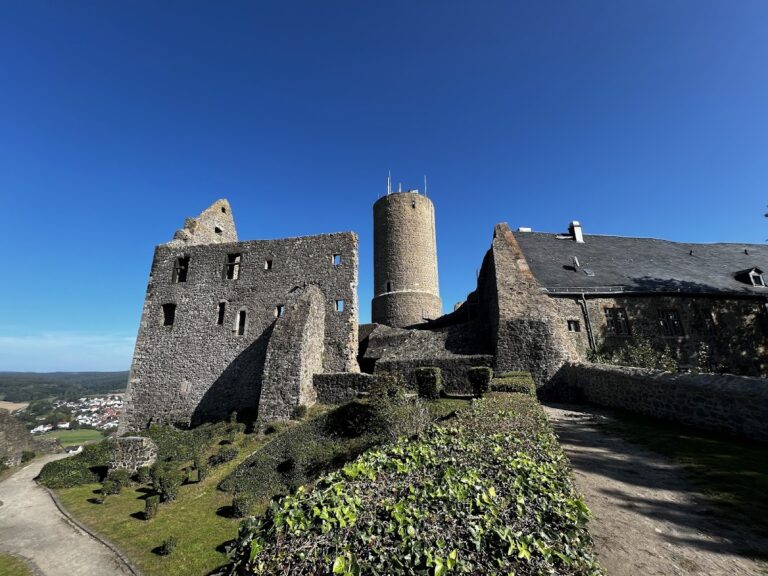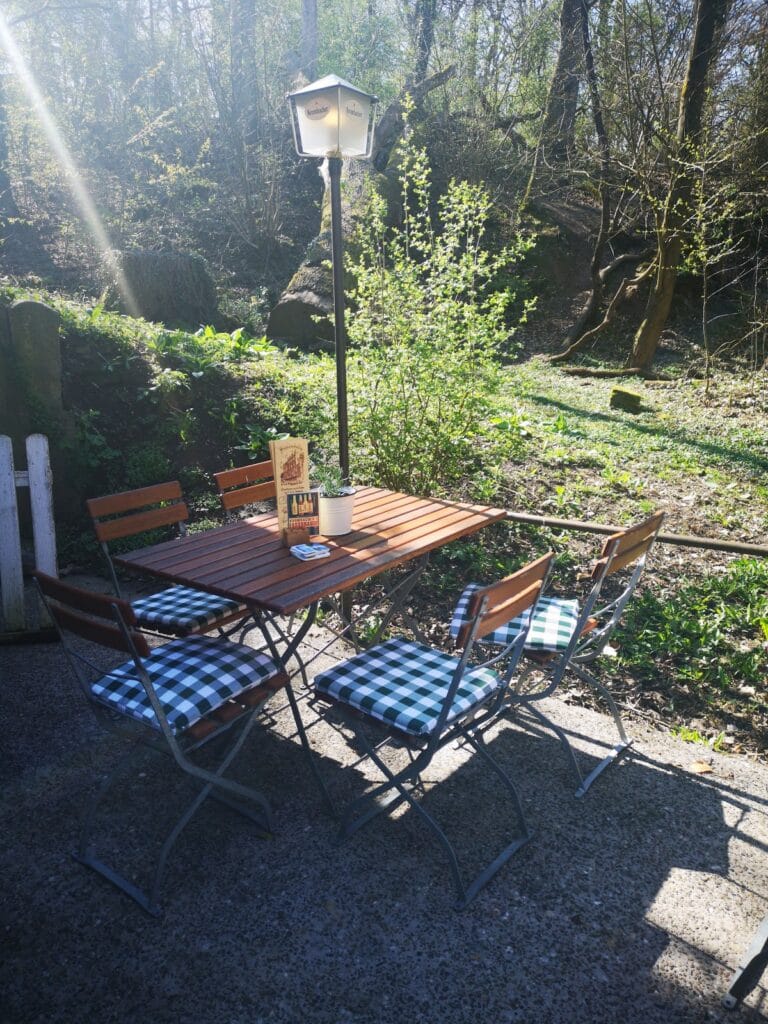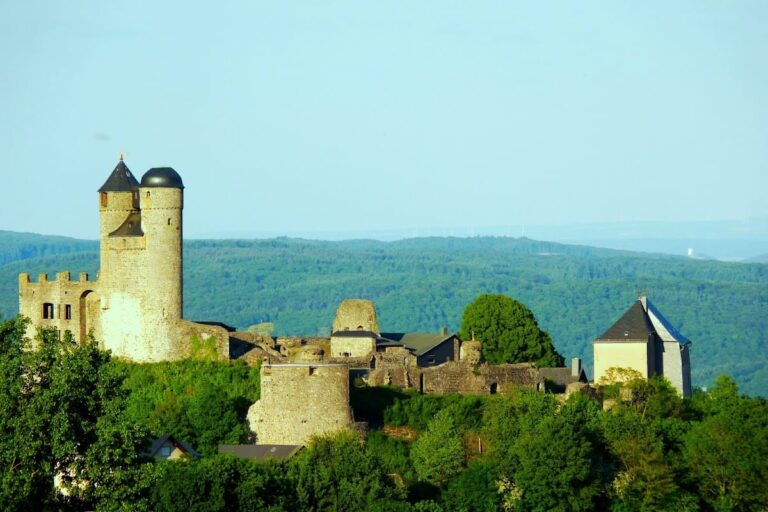Roman Forum Lahnau: A Roman Trading Settlement in Magna Germania
Visitor Information
Google Rating: 4.3
Popularity: Very Low
Google Maps: View on Google Maps
Official Website: www.roemerforum-waldgirmes.de
Country: Germany
Civilization: Roman
Remains: City
History
The Roman Forum Lahnau is located near the present-day village of Waldgirmes in Hesse, Germany. It was established by the Romans as a trading settlement in the region known historically as Magna Germania, an area east of the Rhine River not yet fully under Roman control.
Construction of the site likely began shortly before 4 BC, as tree-ring dating of wooden structures shows timber was cut around that time. The settlement was designed as a planned town or market center to promote trade with local Germanic tribes and to support Roman military forces operating nearby. It may have been intended as the foundation for a future Roman administrative center or colony for retired soldiers.
Between AD 9 and 16, the site saw occasional military use during Roman campaigns following the Battle of the Teutoburg Forest, where Roman forces suffered a major defeat. Despite this, no permanent military barracks or weapons have been found, indicating the settlement primarily served civilian purposes.
After the Roman loss at Teutoburg Forest in AD 9, the site was deliberately abandoned. The Roman army later destroyed it, ending its development and Roman presence there. Coins and artifacts date the active use of the settlement from about 5 BC until this abandonment.
Remains
The site features a large central forum, an open public square typical in Roman towns, surrounded by various buildings. The forum includes a stone basilica with two curved end rooms called apses. Surrounding structures were built using Roman half-timbered methods, combining wooden frames with stone foundations and wooden slate roofs.
A wooden palisade with a double ditch enclosed the settlement, providing fortification. Three gates allowed access from the west, east, and south, while the northern entrance was guarded by a tower, giving the site a military appearance despite its civilian function.
Inside, the settlement contained a marketplace, intersecting streets with channels for water drainage or supply, stables, storage buildings, taverns, and houses featuring wooden porticos. By 2004, archaeologists uncovered 24 house floorplans and a well about four meters deep. No temples have been found, possibly due to the settlement’s brief occupation.
Among the most remarkable discoveries are about 200 fragments of a life-sized gilded bronze equestrian statue, likely depicting Emperor Augustus, found near the central forum. Other finds include a glass seal showing the mythological figure Niobe, a mosaic glass bead with the image of Apis (an Egyptian sacred bull), jewelry, unworked amber, and mostly Roman pottery mixed with around 20% Germanic ceramics. These artifacts reflect a mixed cultural presence at the site.
Coins recovered from the settlement confirm its use between 5 BC and AD 9, aligning with the period of Roman expansion and subsequent withdrawal from the region.










